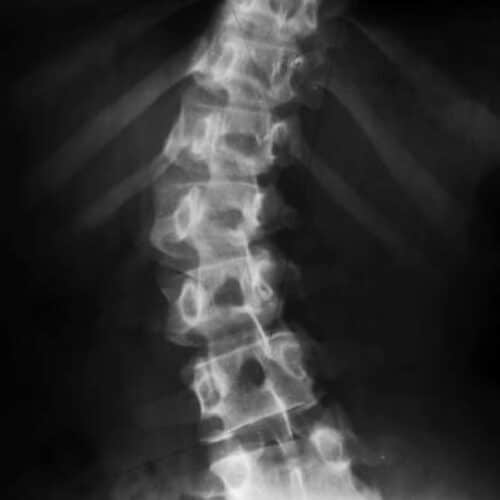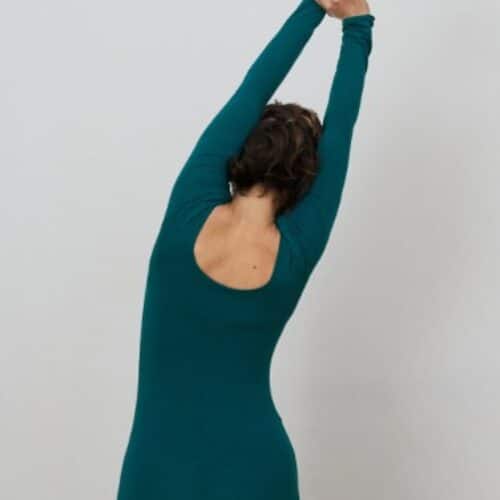I was recently working with a client who was asked to get an EOS x-ray to measure the degree of curvature in his spine, and repeat the x-ray a few months later to see if there had been any changes. When the client showed me the reports he asked why there was an almost 10 degree difference in the degree of the curve between the two reports. I groaned and said it was because x-rays are interpreted by radiologists, and radiologists are humans.
Had his curve gotten that much worse in a period of 3 months? Probably not. This was more likely due to the fact that the Cobb Angle is measured by placing a line on the two most severely angled vertebrae, extending those lines, then drawing a perpendicular line from each that intersect. That point of intersection is where they determine the degree of the curve. Here is a simple graph:

CLEAR Scoliosis Institute
Now take a look at an image of a real x-ray and tell me which two vertebrae are most severely angled:

Orthobullets
Chances are that not all of you picked the same vertebrae as the one that was most severely tilted, which would ultimately affect the outcome of the Cobb Angle.
Make sense?
I ask my clients to request the Cobb Angle when they get x-rays. Currently it’s still the best way to track the progression of the curve. But it’s good to keep in mind that even though these are great tools they are to some degree open to interpretation.
Questions? Comments? Inspirations?
Stay tuned for Part 3 of this series: Why the word Thoracolumbar is so confusing when it comes to x-ray reports.
Need help interpreting your x-ray? Set up a free consultation.




